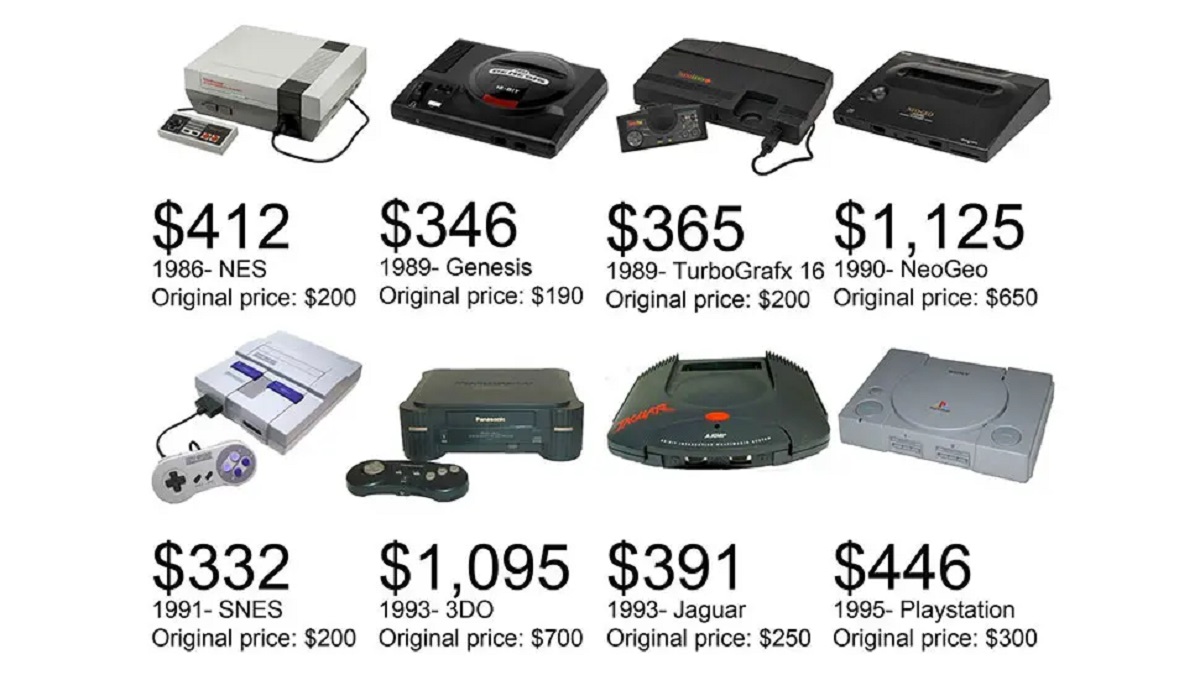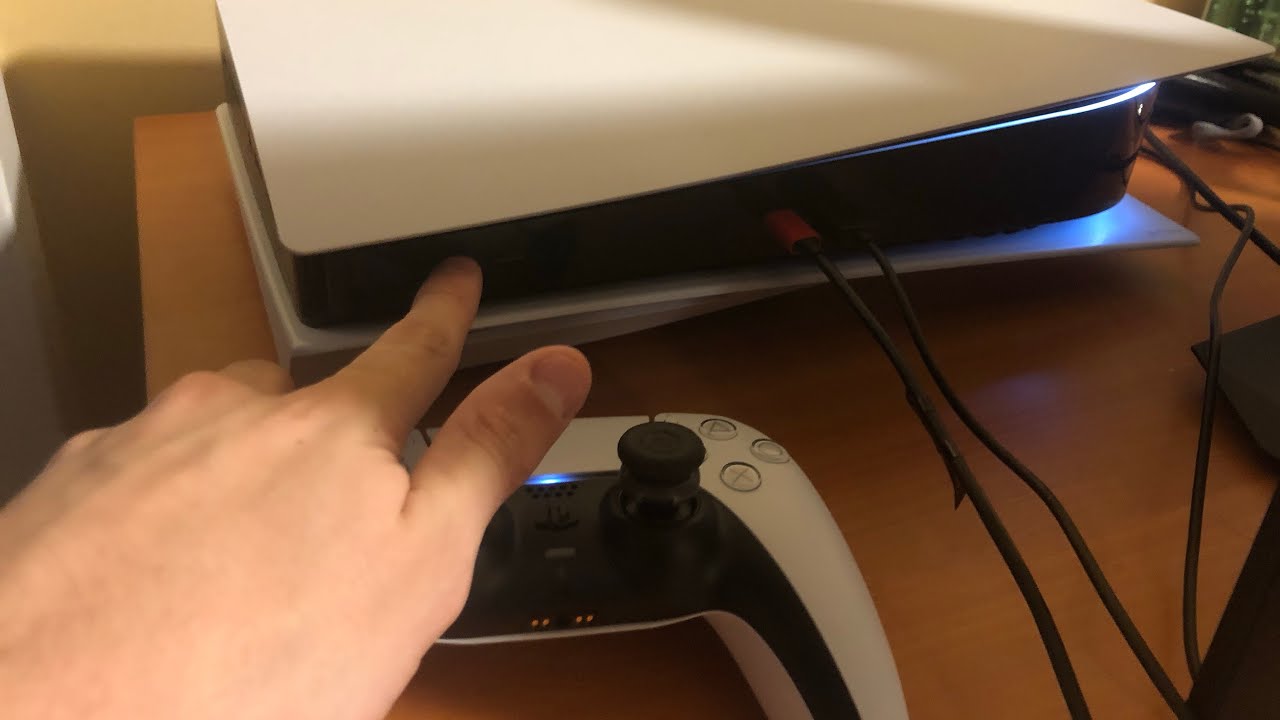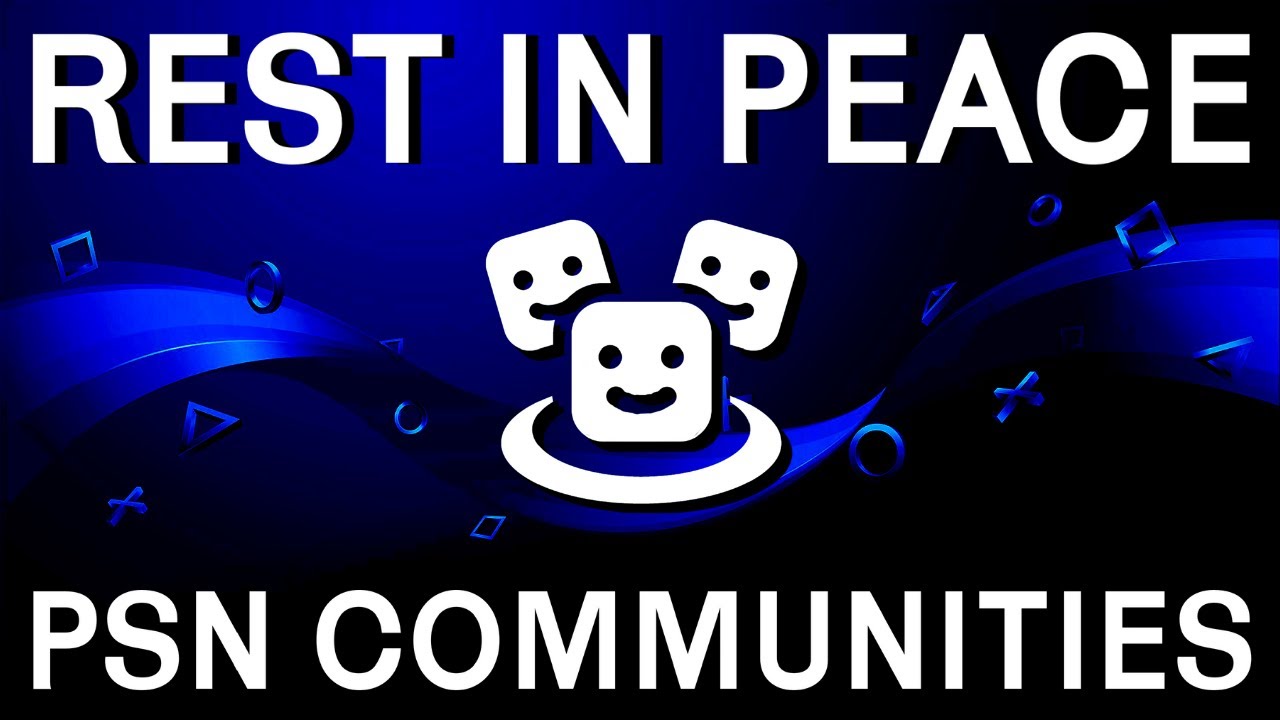Introduction
Welcome to the world of gaming nostalgia! In this article, we’ll dive into the fascinating history of the legendary console that kickstarted the Sony gaming empire – the PlayStation 1. Released in 1994, the PlayStation 1 revolutionized the gaming industry and paved the way for the modern gaming consoles we know and love today. One of the key factors that played a significant role in the success of PlayStation 1 was its initial price tag, which we will explore in detail throughout this article.
Back in the mid-90s, the gaming landscape was dominated by giants like Nintendo and Sega. Sony, a brand primarily known for its electronics and entertainment products, decided to enter the gaming market and introduced the PlayStation 1. This sleek and innovative console brought a breath of fresh air to the gaming community, offering cutting-edge graphics and an extensive library of games that captured the hearts of millions of gamers worldwide.
The release of PlayStation 1 was a game-changer in many ways. It introduced the concept of 3D gaming, captivating players with its immersive gameplay experiences. The console boasted powerful hardware compared to its competitors, delivering smoother visuals and faster performance.
Now, let’s embark on a journey through time and discover the initial price tag of the PlayStation 1, highlighting its impact on the gaming industry and its incredible success story. Get ready to relive the excitement and marvel at how far we’ve come since the dawn of this groundbreaking console!
The Release of PlayStation 1
The PlayStation 1 was first released in Japan on December 3, 1994. It was a highly anticipated event, and gaming enthusiasts eagerly awaited the opportunity to get their hands on this revolutionary console. The launch marked the beginning of a new era in gaming history.
Sony strategically positioned itself in the market by partnering with renowned game developers and publishers to ensure a robust lineup of games at launch. This move ensured that gamers had a diverse range of titles to choose from, catering to various genres and preferences.
With its sleek design and impressive capabilities, the PlayStation 1 quickly captured the attention of both hardcore gamers and casual players. It offered a vast improvement in graphics and sound compared to previous generations of consoles, delivering an immersive and engaging gaming experience.
One of the major innovations that set the PlayStation 1 apart from its predecessors was the inclusion of CD-ROM technology as its primary storage medium. This allowed developers to create larger, more complex games that utilized the full potential of the console’s hardware.
The release of the PlayStation 1 also marked the debut of iconic gaming franchises that went on to become global sensations. Titles such as “Resident Evil,” “Final Fantasy VII,” “Crash Bandicoot,” and “Metal Gear Solid” became instant classics, captivating players with their compelling storylines and innovative gameplay mechanics.
The launch of the PlayStation 1 was met with overwhelming success in Japan, with eager gamers lining up outside stores to be among the first to own this groundbreaking console. Sony’s strategic marketing campaigns and partnerships played a crucial role in creating a massive buzz around the release, contributing to its commercial triumph.
With its impressive technology, extensive game library, and strong consumer demand, the PlayStation 1 quickly gained traction in other regions as well. It made its way to North America in September 1995 and Europe in September 1995, solidifying its position as a global gaming phenomenon.
Now that we’ve explored the release of the PlayStation 1 and its impact on the gaming industry, let’s dig deeper into the aspect that many gamers were eagerly awaiting – the initial price of this groundbreaking console.
The Initial Price Tag
When the PlayStation 1 hit the market in 1994, it came with a price tag that reflected its innovative technology and the value it offered to gamers. The initial retail price for the console was set at $299 in the United States, ¥37,000 in Japan, and £299 in the United Kingdom.
At the time, this price point positioned the PlayStation 1 as a premium gaming console, but Sony was confident in the console’s capabilities and the demand it would generate. The price was justified by the advanced features and the immersive gaming experience that the PlayStation 1 provided, making it a worthwhile investment for avid gamers.
Compared to its competitors, such as the Sega Saturn and the Nintendo 64, the PlayStation 1 was competitively priced. It offered a more affordable entry point for gamers who wanted to experience the next generation of gaming without breaking the bank.
While $299 may seem relatively expensive by today’s standards, it’s important to consider the technological advancements that the PlayStation 1 brought to the table. Gamers were willing to pay the price for the cutting-edge graphics, CD-ROM compatibility, and the extensive library of games available for the console.
The initial price of the PlayStation 1 also reflected the value proposition that Sony offered to consumers. Sony positioned itself as a premium brand that delivered quality products, and the PlayStation 1 was no exception. The console’s sleek design, powerful hardware, and the promise of innovative gaming experiences made it a highly desirable piece of technology.
Despite the initial cost, the PlayStation 1 quickly gained popularity and became a must-have item for gamers worldwide. The combination of a competitive price, advanced features, and a strong lineup of games contributed to the console’s success, and Sony’s gamble paid off.
As the PlayStation 1 continued to dominate the gaming market, Sony’s production costs decreased, allowing them to implement a price drop strategy. This strategy further expanded the reach of the console and made it even more accessible to a larger audience.
In the next section, we will delve into the price drop strategy and how it propelled the PlayStation 1 to even greater success in the gaming industry.
Price Drop and Market Success
Recognizing the potential to capture a larger market share and maintain momentum, Sony implemented a strategic price drop for the PlayStation 1. In 1995, less than a year after its initial release, the price of the console was reduced to $199 in the United States, ¥29,800 in Japan, and £129 in the United Kingdom.
This significant reduction in price made the PlayStation 1 even more appealing to a broader audience, particularly those who were hesitant to invest in gaming at the initial $299 price point. The price drop strategy proved to be a game-changer as sales skyrocketed, solidifying the PlayStation 1’s position as the go-to gaming console of its time.
The lower price tag attracted a new wave of consumers who were enticed by the cutting-edge technology and the ever-expanding library of games. This further fueled the popularity of the PlayStation 1 and created a dedicated fan base that would continue to support the console for years to come.
In addition to the price drop, Sony’s marketing efforts played a crucial role in the success of the PlayStation 1. Engaging advertising campaigns, strategic partnerships, and word-of-mouth endorsements all contributed to the console’s market domination.
The success of the PlayStation 1 was not limited to sales figures; it also paved the way for the future of gaming. The console’s powerful hardware and CD-ROM compatibility set a new standard for gaming consoles, pushing the boundaries of what was possible in terms of graphics, sound, and gameplay.
Furthermore, the PlayStation 1’s success laid the foundation for Sony’s continued presence in the gaming industry. It established the brand as a major player in the console market and set the stage for the subsequent releases of the PlayStation 2, PlayStation 3, and PlayStation 4, cementing Sony’s position as a leader in the gaming industry.
It is undeniable that the strategic price drop and the overall market success of the PlayStation 1 revolutionized the gaming industry. With its accessible price point, technological advancements, and captivating games, the PlayStation 1 became a household name and a game-changer in the world of gaming consoles.
In the next section, we will wrap up our exploration of the PlayStation 1’s price history and its impact on the gaming landscape.
Conclusion
The PlayStation 1 undoubtedly made a significant impact on the gaming industry with its groundbreaking technology, extensive game library, and strategic pricing strategy. From its initial release to the subsequent price drop, the PlayStation 1 captured the hearts of gamers worldwide and solidified Sony’s position as a powerhouse in the gaming market.
With its innovative features and immersive gaming experiences, the PlayStation 1 set a new standard for consoles and paved the way for the future of gaming. It introduced the concept of 3D gaming, captivating players with its impressive graphics and engaging gameplay. The inclusion of CD-ROM technology revolutionized game development, allowing for larger and more complex titles that pushed the limits of what was previously possible.
The initial price tag of $299 positioned the PlayStation 1 as a premium console, but Sony’s strategic price drop to $199 made it more accessible and appealing to a wider audience. This move, combined with Sony’s marketing efforts, propelled the PlayStation 1 to unprecedented success, leaving a lasting impact on the gaming industry.
The success of the PlayStation 1 didn’t simply lie in its sales figures; it also established Sony as a major player in the gaming industry and set the stage for future console releases. The PlayStation brand continued to evolve with subsequent generations, each building upon the foundation laid by the PlayStation 1.
As we look back at the legacy of the PlayStation 1, we can appreciate the innovation and foresight that went into its creation. It sparked a revolution in gaming, captivating players with its groundbreaking technology and memorable gaming experiences. The PlayStation 1 will always hold a special place in the hearts of gamers as the console that changed the gaming landscape forever.
So, whether you fondly remember playing classics like “Crash Bandicoot” and “Final Fantasy VII,” or if you’re curious to experience the origins of modern gaming, the PlayStation 1’s impact and legacy will continue to resonate for generations to come.

























